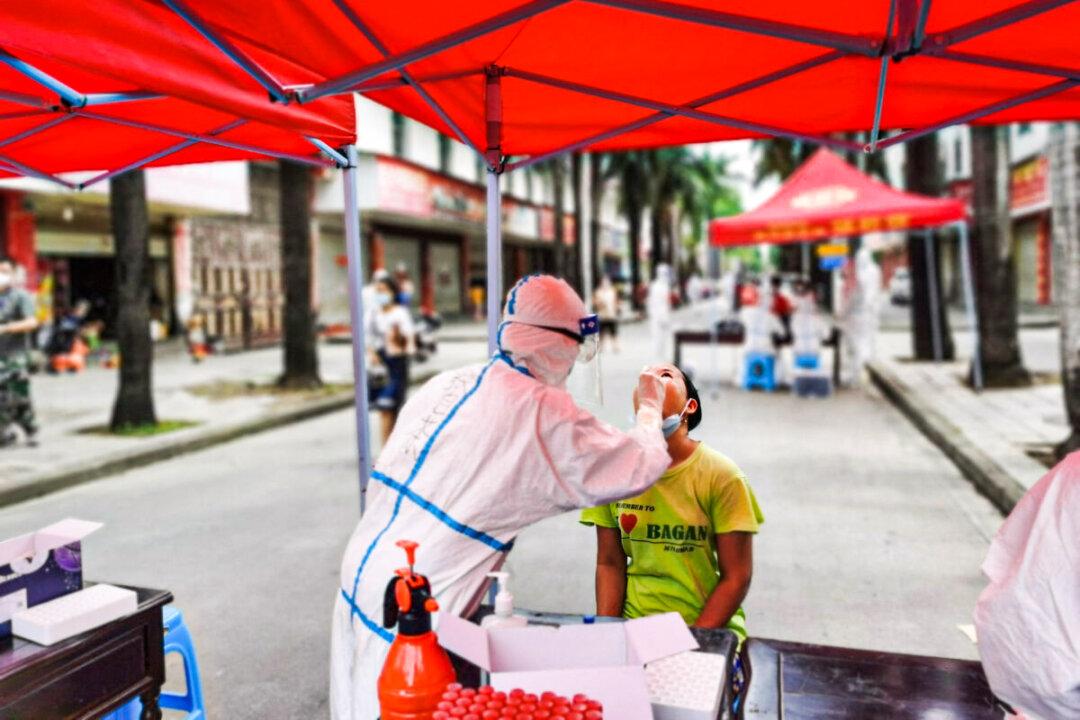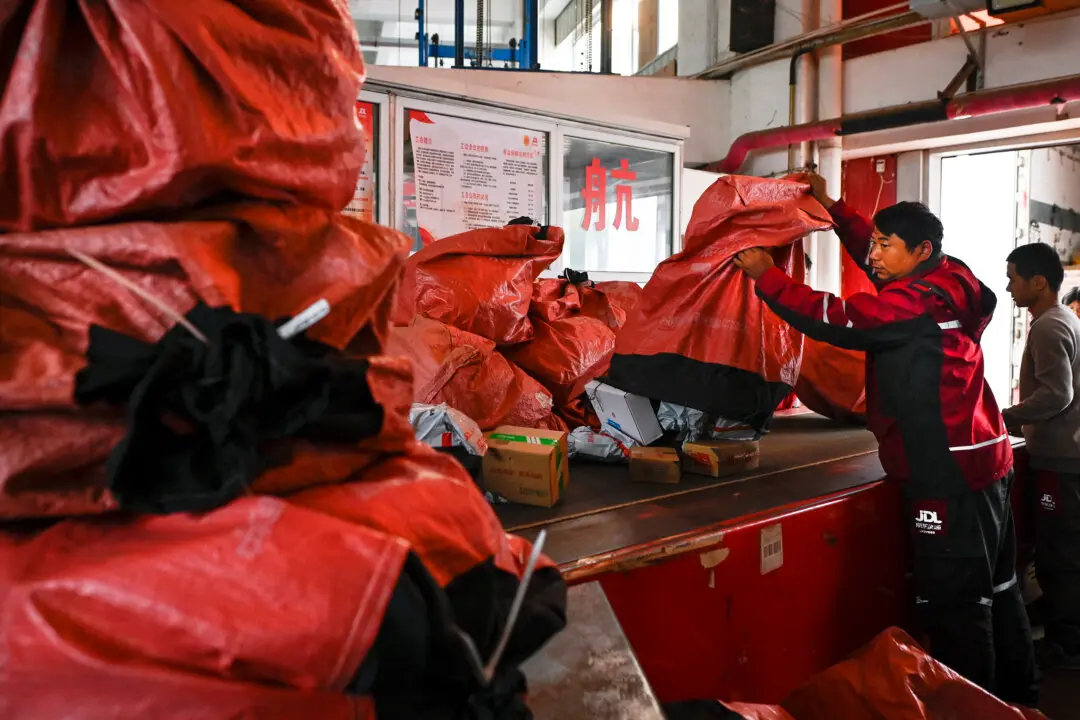The COVID-19 outbreak in mainland China continues to expand, with multiple transmission chains spreading to 20 provinces. Authorities have admitted that the genome sequence of the virus that is causing the infections has mutated. Widening government restrictions have also put many Chinese citizens who are not confirmed close contacts in quarantine based on their mobile phone positioning data.
According to mainland Chinese media Beijing Evening News, the new round of outbreaks started when Shaanxi Province on Oct. 17 first reported COVID-19 cases among a tourist group from Inner Mongolia. As of Nov. 5, 20 provinces and regions have been affected, including the capital city of Beijing, Qinghai, and Gansu, Inner Mongolia, Ningxia, Shandong, Hebei, Heilongjiang, Jiangsu, Yunnan, Guizhou, Sichuan, Chongqing, Jiangxi, Hunan, Hubei, Zhejiang, Liaoning, Henan, and Shaanxi.




